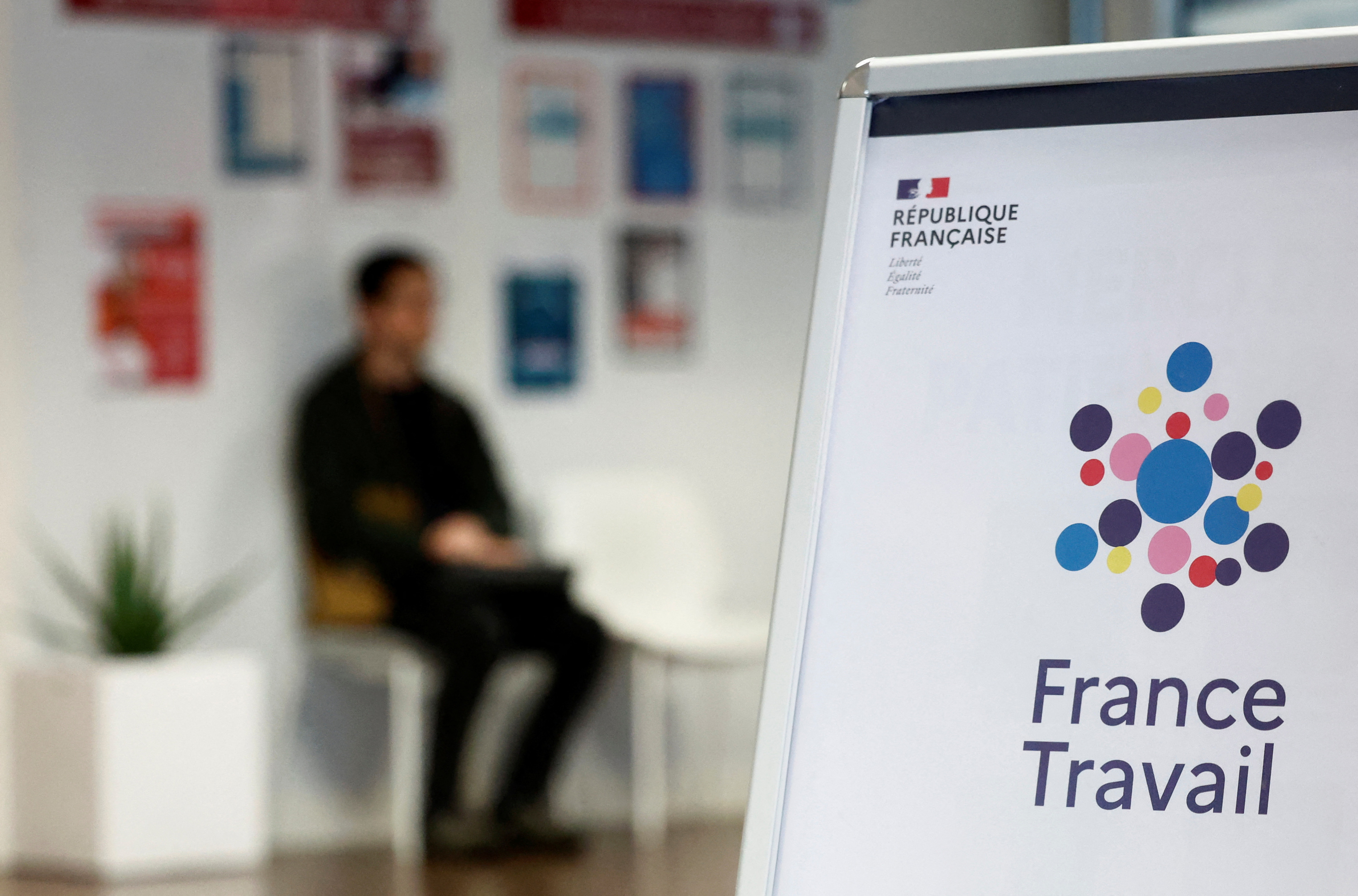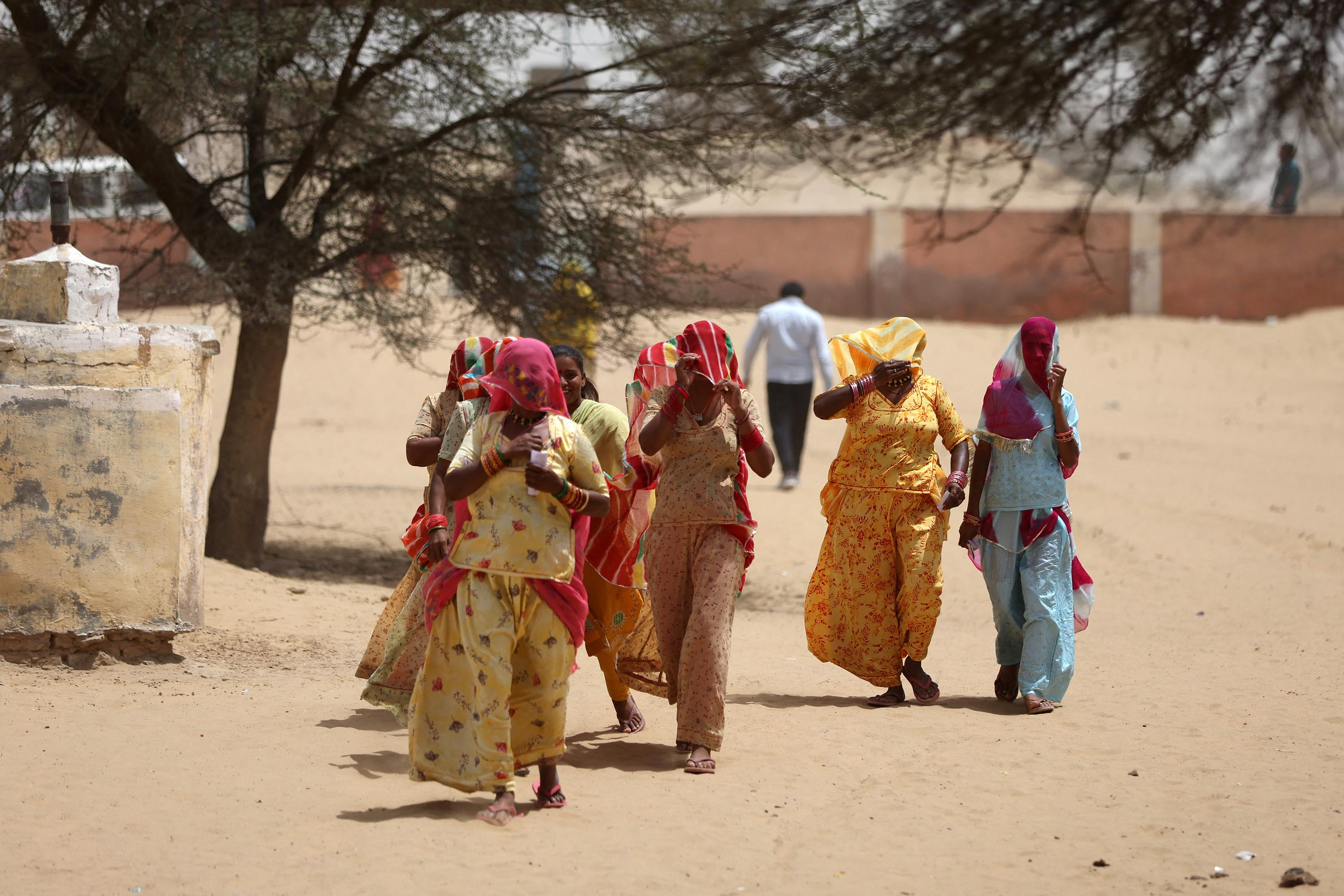When the young Iranian Kurdish woman Jina Mahsa Amini lay dying in a hospital 100 days ago, many people in Iran were already suspicious. A photo showing the 22-year-old with a ventilation tube and closed eyes in an intensive care unit in the capital, Tehran, is spreading rapidly.
Many people already assume that Amini must have suffered violence after her arrest by the moral guards. The notorious morality police had taken the student away just three days earlier because of an ill-fitting headscarf. She dies, and the day after her death, anger and sadness erupt in a first demonstration. Starting in Amini's home province of Kurdistan, the protests are spreading like wildfire across the country.
For more than three months now, people from different walks of life and generations have been demonstrating against the repressive policies and system of the Islamic Republic. The security apparatus reacted with extreme severity, more than 500 demonstrators have already been killed, according to human rights activists.
The supporters of the protests are sometimes violently defending themselves. Even if the street protests have recently decreased somewhat after the government's action, many experts are now speaking of a "revolutionary movement."
Fatemeh Shams, assistant professor at the University of Pennsylvania in the US, describes the protests as the “biggest challenge to the core of the current regime and its ideology in the past 43 years.” She sees great resentment behind the demonstrations. "I don't think they realized how much they had lost touch with real society, with real people, with the new generation. And to be confronted with it was a great shock for them.”
The street protests are accompanied by creative protest and civil disobedience – demonstrators, for example, push the turbans off mullahs, fill public fountains with fake blood or smear posters of influential statesmen with red paint.
The leadership of the Islamic Republic continues to take a hard line against the demonstrators. In the Kurdish areas, for example, the Revolutionary Guards and the notorious Basij militias used live ammunition in armored vehicles to counter uprisings. Numerous prominent athletes, artists and actresses who show solidarity with the protests are summoned, interrogated and arrested. Tehran speaks of a "foreign conspiracy" and blames its arch-enemies, the USA and Israel, for the crisis.
Politicians from the reform camp, such as ex-President Mohammed Chatami, are trying to criticize the repressive government course. But many young demonstrators dismiss even more moderate leaders as "men of the system." No words of reconciliation can be heard from the political leadership itself.
“There is a misconception among Western politicians that the reform parties fought for women's rights. That's wrong," says Shams. She points out that a law establishing the notorious Morality Police was passed under Khatami.
Since the beginning, the protests have been accompanied by a broad wave of international solidarity. Above all, the large Iranian community abroad supports the criticism of the government's course and the demands for a political system change in Iran. Many Western governments abroad have accepted a deterioration in bilateral relations with sharp criticism of Tehran. Negotiations to revive the nuclear deal that would prevent Iran from building a nuclear bomb remain on hold.
The execution of two demonstrators in December sparked widespread criticism and dismay in Iran and internationally. Human rights activists see the executions as an attempt to stifle the protests through deterrence. However, the fast-track verdicts also met with great rejection from parts of the religious and traditional layers in Iran. "Even the majority of the country's traditional, religious population is appalled by the brutal violence in the name of Islam," explains the expert Shams. Islamic preachers in Iran also condemned the executions.
“We are dealing with a regime today that is visibly unpopular with many different social classes, with the country's new generations, with women and with the majority of male citizens,” says Shams. However, she is critical of the protest movement's hopes for a rapid system change. “If they completely shut people up this time and let the world get away with it, it would shake civil society to its core because basically people had nothing left to lose.”
"Kick-off Politics" is WELT's daily news podcast. The most important topic analyzed by WELT editors and the dates of the day. Subscribe to the podcast on Spotify, Apple Podcasts, Amazon Music, among others, or directly via RSS feed.

 Germany: the trial of an AfD leader, accused of chanting a Nazi slogan, resumes this Tuesday
Germany: the trial of an AfD leader, accused of chanting a Nazi slogan, resumes this Tuesday New York: at Columbia University, the anti-Semitic drift of pro-Palestinian demonstrations
New York: at Columbia University, the anti-Semitic drift of pro-Palestinian demonstrations What is Akila, the mission in which the Charles de Gaulle is participating under NATO command?
What is Akila, the mission in which the Charles de Gaulle is participating under NATO command?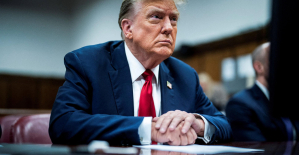 Lawyer, banker, teacher: who are the 12 members of the jury in Donald Trump's trial?
Lawyer, banker, teacher: who are the 12 members of the jury in Donald Trump's trial? What High Blood Pressure Does to Your Body (And Why It Should Be Treated)
What High Blood Pressure Does to Your Body (And Why It Should Be Treated) Vaccination in France has progressed in 2023, rejoices Public Health France
Vaccination in France has progressed in 2023, rejoices Public Health France Food additives suspected of promoting cardiovascular diseases
Food additives suspected of promoting cardiovascular diseases “Even morphine doesn’t work”: Léane, 17, victim of the adverse effects of an antibiotic
“Even morphine doesn’t work”: Léane, 17, victim of the adverse effects of an antibiotic Orthodox bishop stabbed in Sydney: Elon Musk opposes Australian injunction to remove videos on X
Orthodox bishop stabbed in Sydney: Elon Musk opposes Australian injunction to remove videos on X One in three facial sunscreens does not protect enough, warns L'Ufc-Que Choisir
One in three facial sunscreens does not protect enough, warns L'Ufc-Que Choisir What will become of the 81 employees of Systovi, a French manufacturer of solar panels victim of “Chinese dumping”?
What will become of the 81 employees of Systovi, a French manufacturer of solar panels victim of “Chinese dumping”? “I could lose up to 5,000 euros per month”: influencers are alarmed by a possible ban on TikTok in the United States
“I could lose up to 5,000 euros per month”: influencers are alarmed by a possible ban on TikTok in the United States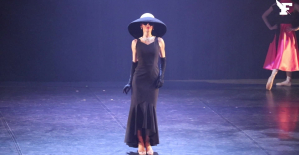 Dance, Audrey Hepburn’s secret dream
Dance, Audrey Hepburn’s secret dream The series adaptation of One Hundred Years of Solitude promises to be faithful to the novel by Gabriel Garcia Marquez
The series adaptation of One Hundred Years of Solitude promises to be faithful to the novel by Gabriel Garcia Marquez Racism in France: comedian Ahmed Sylla apologizes for “having minimized this problem”
Racism in France: comedian Ahmed Sylla apologizes for “having minimized this problem”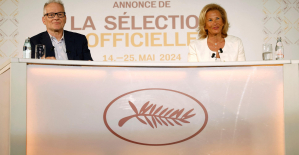 Mohammad Rasoulof and Michel Hazanavicius in competition at the Cannes Film Festival
Mohammad Rasoulof and Michel Hazanavicius in competition at the Cannes Film Festival Skoda Kodiaq 2024: a 'beast' plug-in hybrid SUV
Skoda Kodiaq 2024: a 'beast' plug-in hybrid SUV Tesla launches a new Model Y with 600 km of autonomy at a "more accessible price"
Tesla launches a new Model Y with 600 km of autonomy at a "more accessible price" The 10 best-selling cars in March 2024 in Spain: sales fall due to Easter
The 10 best-selling cars in March 2024 in Spain: sales fall due to Easter A private jet company buys more than 100 flying cars
A private jet company buys more than 100 flying cars This is how housing prices have changed in Spain in the last decade
This is how housing prices have changed in Spain in the last decade The home mortgage firm drops 10% in January and interest soars to 3.46%
The home mortgage firm drops 10% in January and interest soars to 3.46% The jewel of the Rocío de Nagüeles urbanization: a dream villa in Marbella
The jewel of the Rocío de Nagüeles urbanization: a dream villa in Marbella Rental prices grow by 7.3% in February: where does it go up and where does it go down?
Rental prices grow by 7.3% in February: where does it go up and where does it go down? Europeans: “All those who claim that we don’t need Europe are liars”, criticizes Bayrou
Europeans: “All those who claim that we don’t need Europe are liars”, criticizes Bayrou With the promise of a “real burst of authority”, Gabriel Attal provokes the ire of the opposition
With the promise of a “real burst of authority”, Gabriel Attal provokes the ire of the opposition Europeans: the schedule of debates to follow between now and June 9
Europeans: the schedule of debates to follow between now and June 9 Europeans: “In France, there is a left and there is a right,” assures Bellamy
Europeans: “In France, there is a left and there is a right,” assures Bellamy These French cities that will boycott the World Cup in Qatar
These French cities that will boycott the World Cup in Qatar Serie A: Bologna surprises AS Rome in the race for the C1
Serie A: Bologna surprises AS Rome in the race for the C1 Serie A: Marcus Thuram king of Italy, end of the debate for the position of number 9 with the Blues?
Serie A: Marcus Thuram king of Italy, end of the debate for the position of number 9 with the Blues? Milan AC-Inter Milan: Thuram and Pavard impeccable, Hernandez helpless… The tops and flops of the derby
Milan AC-Inter Milan: Thuram and Pavard impeccable, Hernandez helpless… The tops and flops of the derby Ligue 2: Auxerre leader, Bordeaux in crisis, play-offs... 5 questions about an exciting end of the season
Ligue 2: Auxerre leader, Bordeaux in crisis, play-offs... 5 questions about an exciting end of the season






